One year ago, Cynthia and I visited the French countryside of Marcillac in the department of Aveyron, six hours south of Paris and four hours north of Spain.
Attended by my father-in-law, Bruce Bogin, and his friend (and our translator), Georges Berte, we visited a local domaine, Philippe Croizat, during the 2016 harvest. Croizat makes a wonderful medium-bodied Mansois-based red wine very typical of the Marcillac region. (And I just received news that they are once again in the midst of the 2017 ‘vendage’ today)…
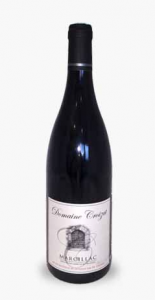
This view is of the immediate backyard behind the winery. Noting the green grass in between the rows, they clearly get a lot more moisture than we do; in California this time of year, everything is very dry and golden, especially in the vineyard.
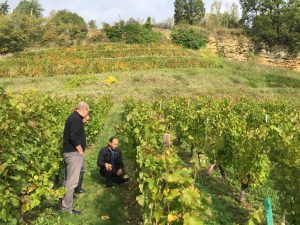
Although the buildings seem wonderfully rustic to american eyes, the winemaking is 100% gravity flow, starting with the vineyard along steep mountain hillsides, and the Italian destemmer at the top floor of the barn…
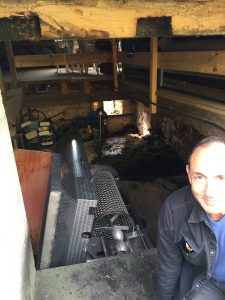
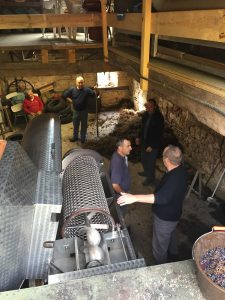
A conveniently placed window is a good way to get the stems out of the building and into a green waste bin…
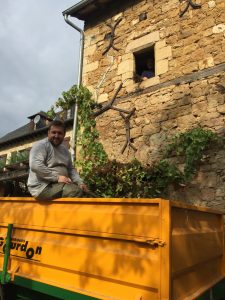
The fermentation then happens in the tanks in the basement cave. Daniel Portes, the brother-in-law of Philippe Croizat, offers me a glass from the tank…
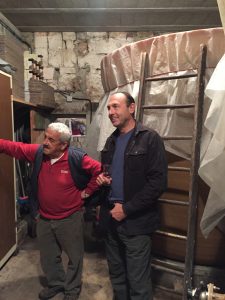
Below, Georges (our local guide and translator), Philippe Croizat (the proprietor), Ken Wornick, and Bruce Bogin (my father-in-law). Note the yellowish wine tanks in the background with the wine level clearly visible. Most of the world now prefers stainless steel tanks, and occasional wood, but these tanks undeniably have a benefit by being inert yet clearly show the fill level precisely.
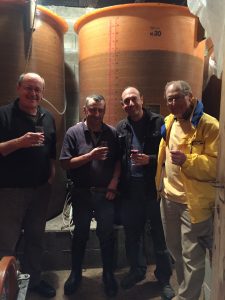
The wines of Aveyron were held in high esteem by the middle classes and by the clergy of Rodez, whose superiors sited their country residence in the wine-growing area. They were also consumed by miners and agricultural workers. However, a public health crisis at the end of the 19th century, the frosts of the early 20th century and the decline of the mines combined to bring down wine production, and it reached its lowest point ever in 1965. It was at this point that a handful of producers decided to take action in order to prevent the wine industry from becoming completely extinct. In 1965 they decided to apply for VDQS status (Vin Délimité de Qualité Supérieure), i.e. the classification immediately below AOC wine, which it was granted under the name Vin de Marcillac. The growers re-landscaped the vineyards, creating terraces in order to allow maximum mechanisation of their work. In 1990 the wine-growing area was granted AOC status under its present name, Marcillac. https://en.wikipedia.org/wiki/Marcillac_AOC
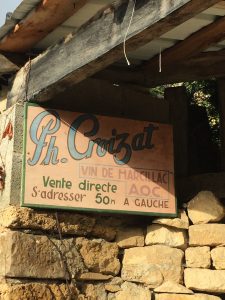
Vines were introduced here by the monks of Conques between the 8th and 12th centuries. Today Marcillac wine enjoys its Appellation d’Origine Contrôlée status. Marcillac is situated towards the north west of Aveyron is blessed with a micro-climate giving rise to its milder winters and hence the production of its Marcillac wine. Just over a century ago, these valley walls were lined with over 4,000 hectares of vines. If one looks closely along the crests of the hills, one can see overgrown terraces whose reproductive future was stymied by the phylloxéra, and whose impotent vine stumps now remain frozen in the ground like tombstones. Today a mere 150 hectares (370 acres) remain, dug into the hillsides along the causse, high enough up the hill to prevent damage from spring frosts and at a steep angle which allows maximum exposure to the sun. Marcillac achieved VDQS status in 1964. In 1965, the cave coopérative was formed and included nearly all of the region’s 70 producers, who property under vine averaged just over a hectare each. In 1990, thanks to the effort of the coopérative and several independent producers, Marcillac was granted AOC status. Red wine is predominant product of Marcillac, although rosé is also allowed within the AOC. The king of grapes is the Mansois, also known in other regions of the Southwest as Fer Servadou or Braucol. It must be used in at least 80% of all Marcillac wines. Other grapes allowed include Cabernet Sauvignon, Cabernet Franc, Gamay, Merlot, Jurançon Noir, and the nearly extinct Mouyssaguès.
For more info…
Here are a few random images from our 2017 harvest…
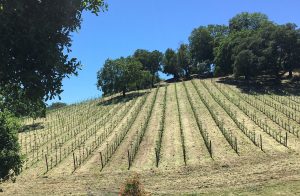
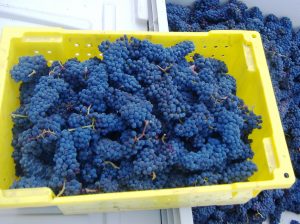
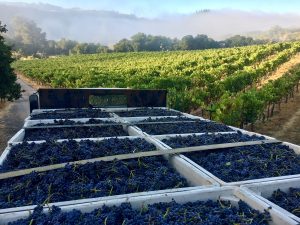

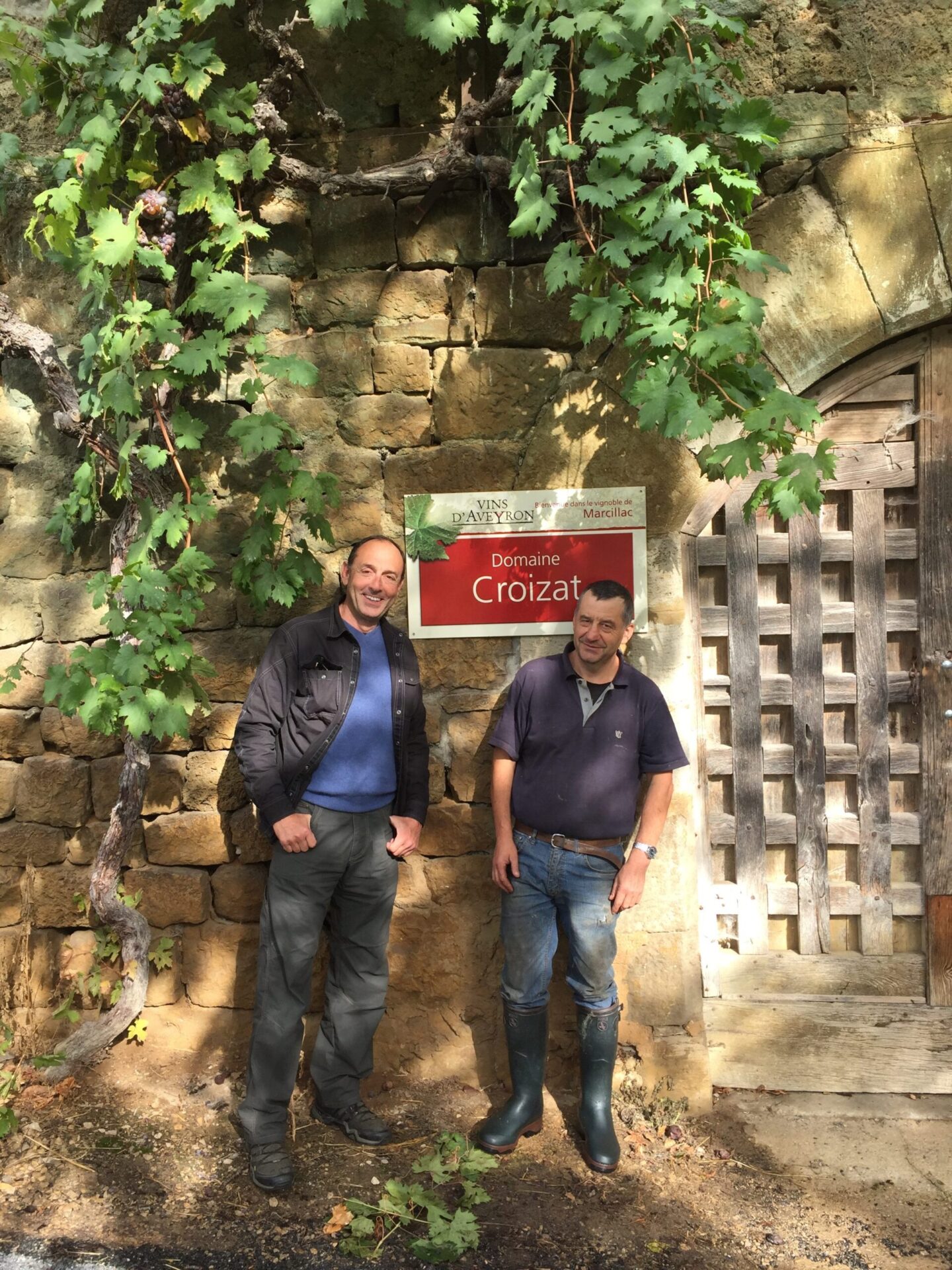
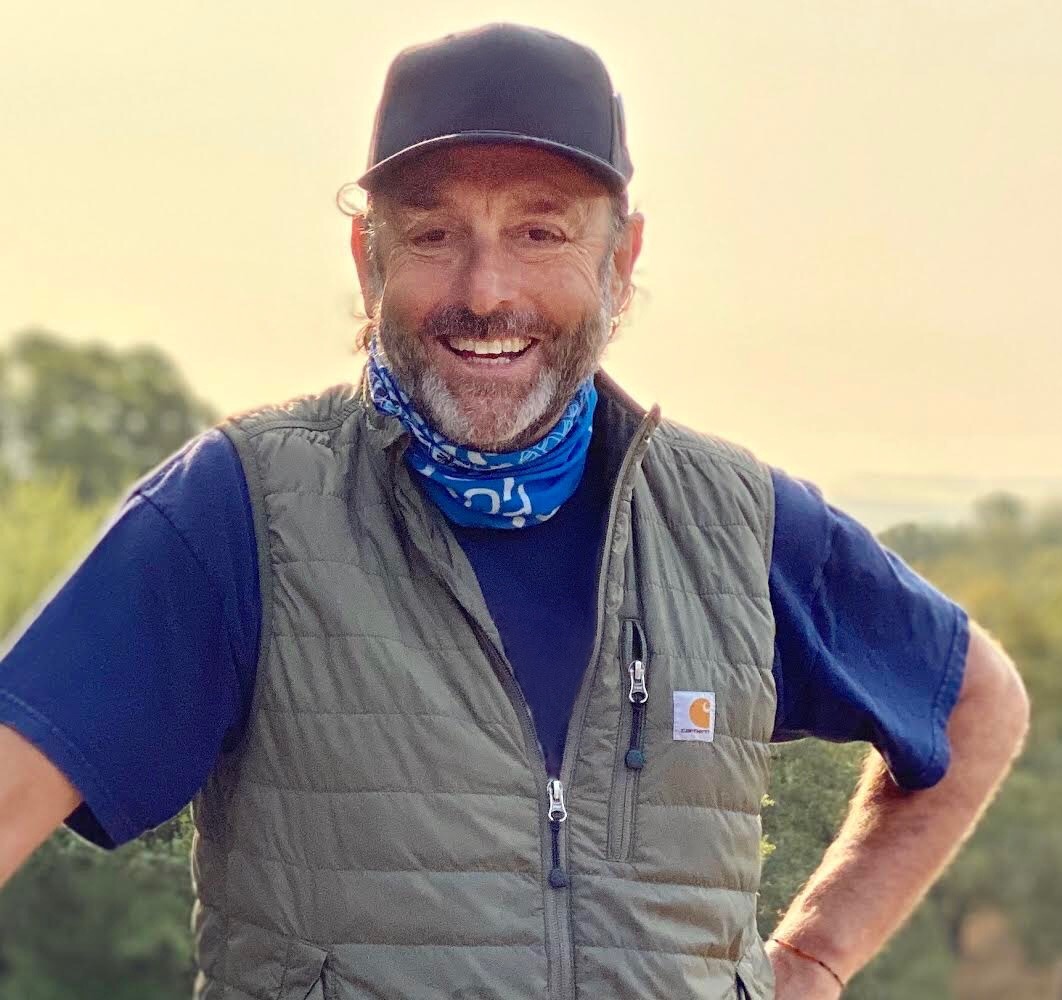
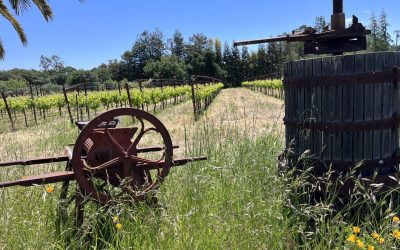
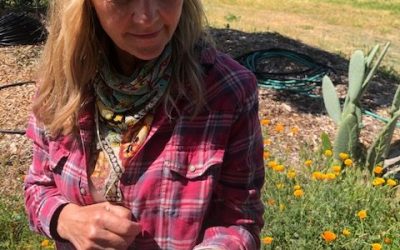
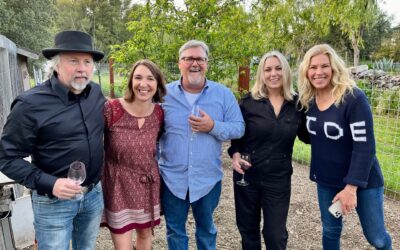
0 Comments